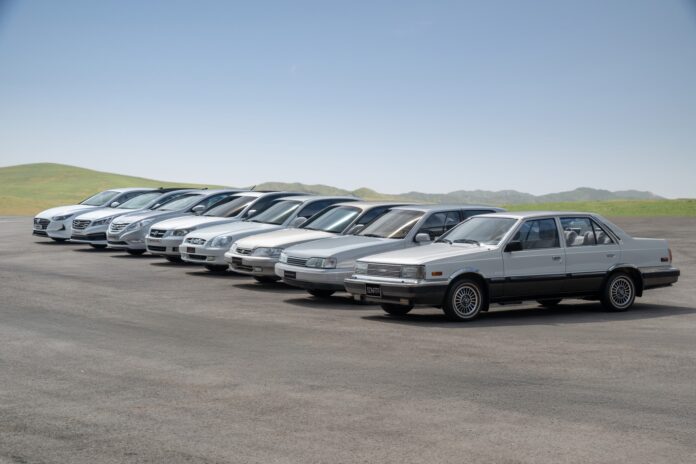Hyundai Motor, like Proton, had a technical tie-up with Mitsubishi Motors in its early years, using drivetrains and platforms from the Japanese automaker for its earliest models. The Pony, launched in 1975, was South Korea’s first mass-produced and exported model. Designed by Italdesign’s Giorgetto Giugiaro, it was regarded as a ‘national’ Korean car and a significant model in the brand’s history.
Following the Pony, Hyundai came out with a larger model called the Stellar in 1983. This mid-size sedan also used drivetrains from Mitsubishi Motors and was designed by Giugiaro. However, the Koreans also made significant advancements into developing in-house expertise, helping Korea’s automotive industry to achieve technological independence.
![Hyundai Stellar [1983]](https://www.motaauto.com/wp-content/uploads/2025/09/Hyundai-Stellar-1983-1.jpg)
Like the Pony, the Stellar was therefore a significant model and evolved into the Sonata in 1985 which would continue through eight generations to this day. This makes it Hyundai Motor’s longest-running volume model. As of September 2025, cumulative sales globally reached 10 million units (including the Stellar) after 42 years.
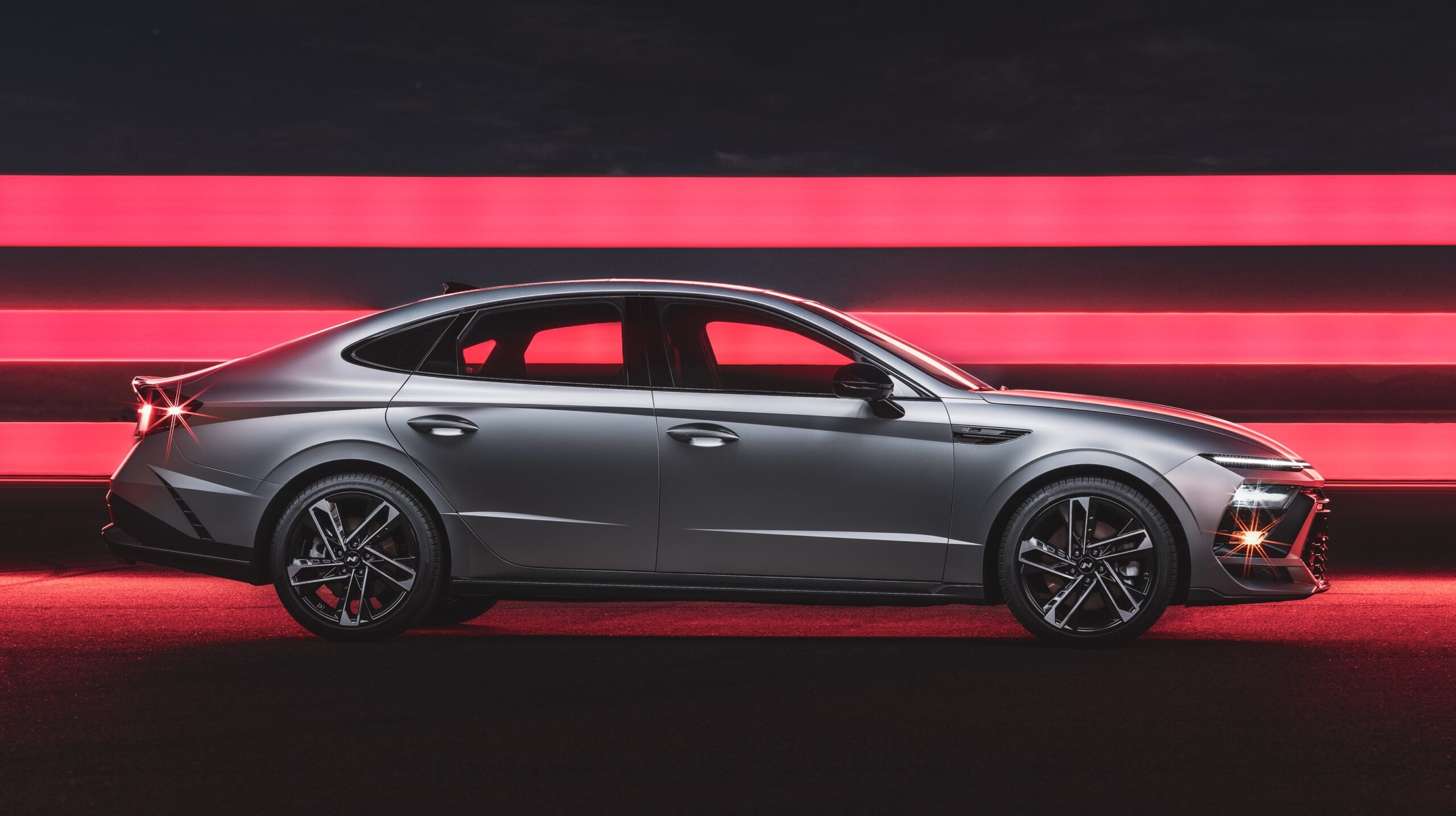
Heritage exhibition
With the Stellar and Sonata holding a special place in the automaker’s automotive history, Hyundai Motor is having a special exhibition as part of its heritage campaign. The exhibition showcases a fully restored special edition Stellar that was launched to celebrate Hyundai Motor’s role as the official vehicle of the Olympic Games held in Seoul in 1988.
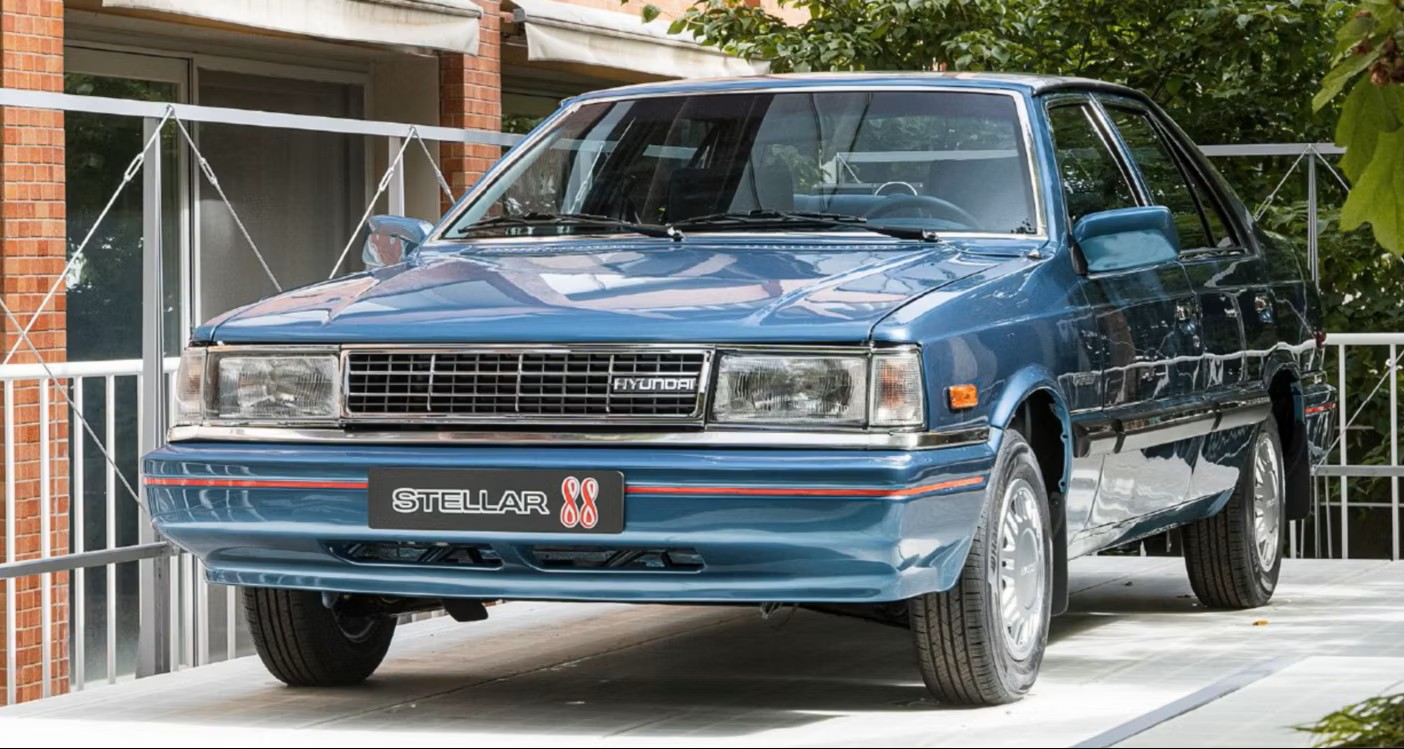
The restored vehicle is displayed alongside archival materials that chronicle its evolution into the Sonata. Exhibition visitors will experience a journey into Hyundai Motor’s history with technical drawings, catalogues and behind-the-scenes R&D records.
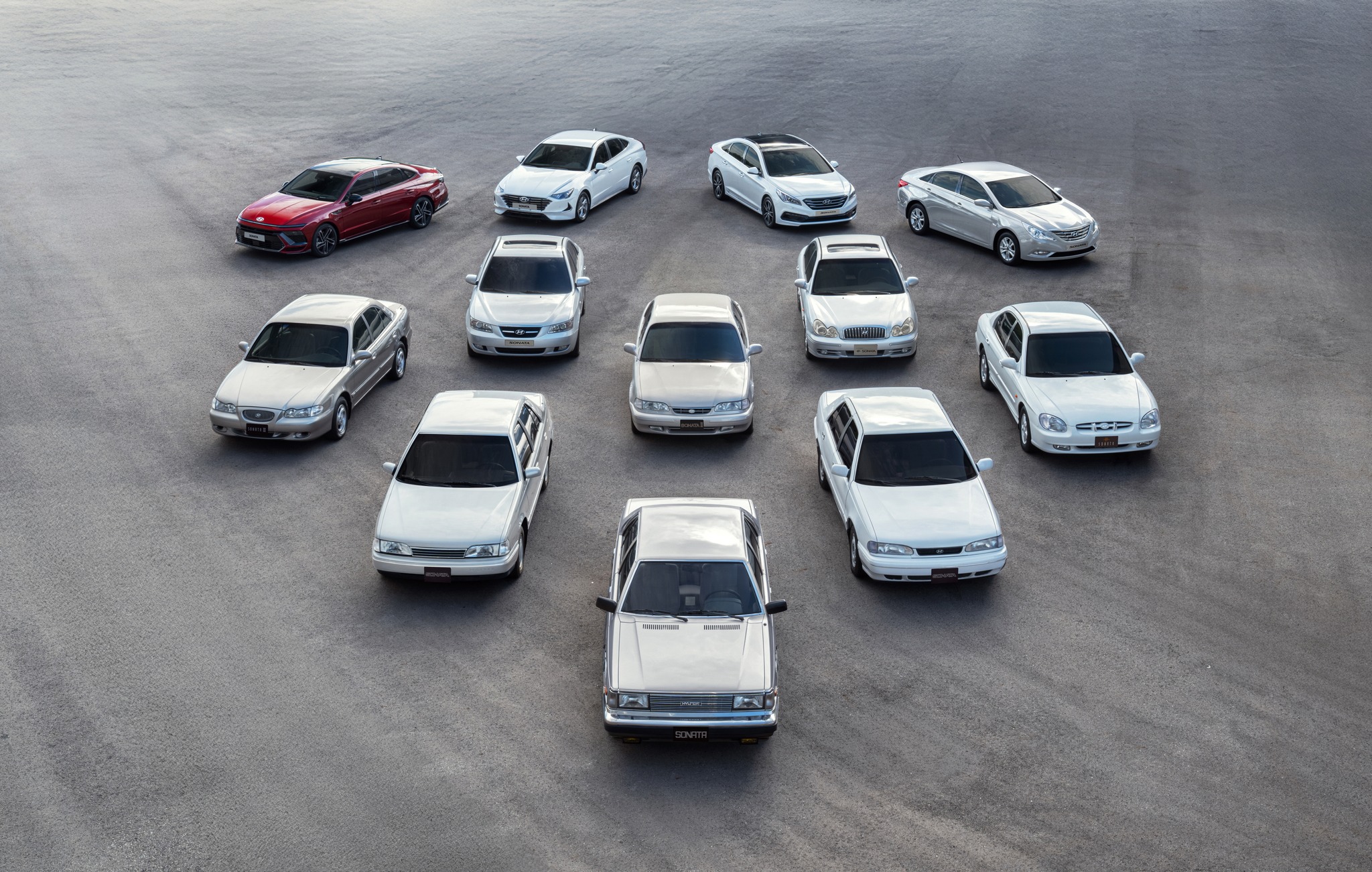
In addition to the exhibition, Hyundai Motor’s heritage publication series, RETRACE Magazine, is also featuring the Stellar and Sonata. Its special feature blends historical insights with personal stories of customers, exploring the value of long-standing relationships in everyday life. With 16 original pieces, including essays, interviews and columns, the magazine invites readers to reflect on the legacy and technological achievements of the company’s mid-size sedans, as well as the deeper emotional connections these vehicles have created with consumers over the years.
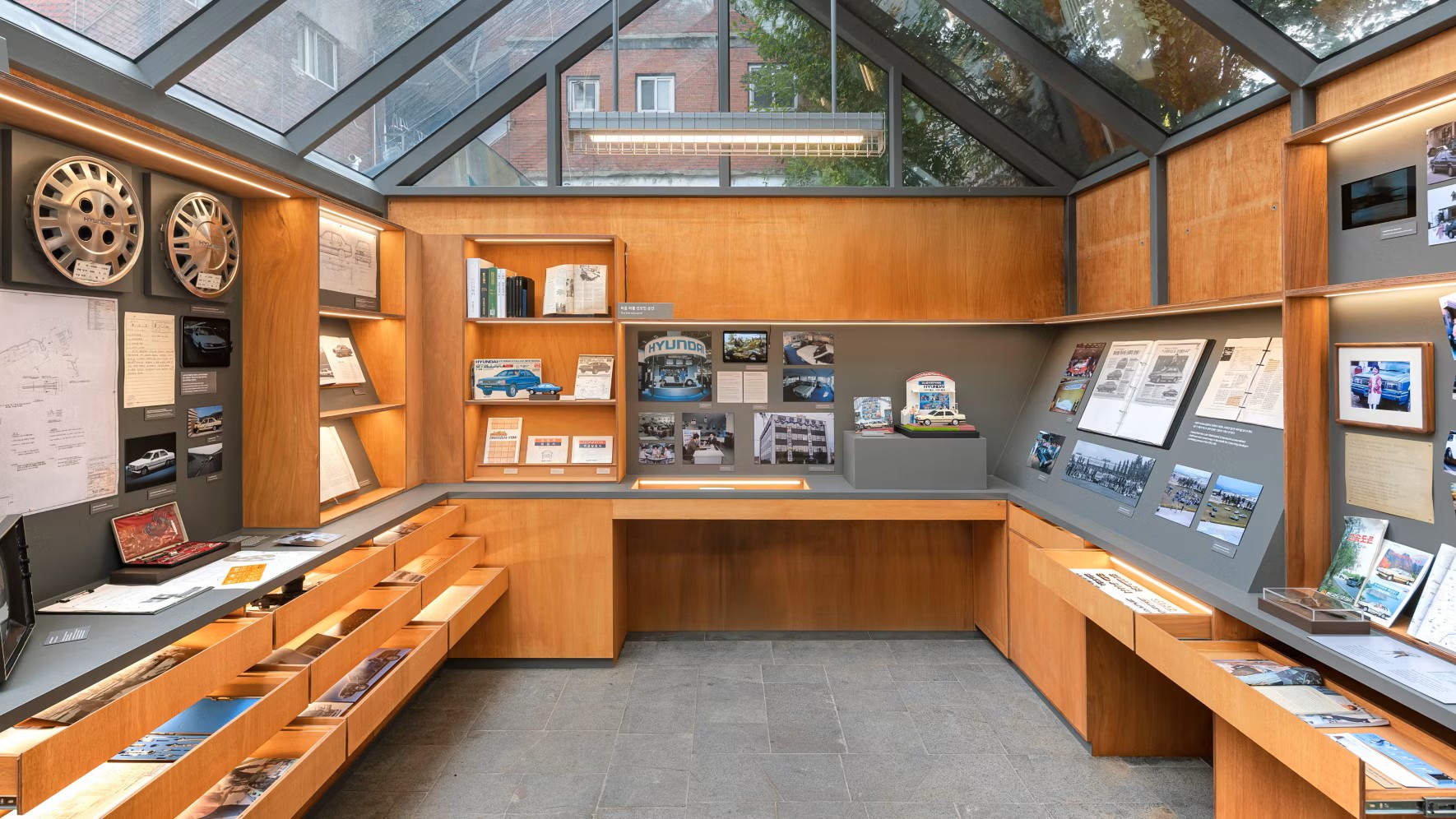
“The restoration of the STELLAR 88 was not simply about re-creating the past but revisiting the dedication and efforts of former employees who worked toward independent technology development,” said Sungwon Jee, Senior Vice-President and Global Chief Marketing Officer of Hyundai Motor Company.

“We hope that STELLAR and SONATA – the models that have been beloved by customers for decades – will serve as an opportunity to appreciate the value of relationships that have stood the test of time. At Hyundai Motor, we value the relationships that we have built with our customers over the years and will continue to expand human connections through mobility in line with our brand vision of Progress for Humanity,” he said.
The Sonata in Malaysia
The Sonata was the first model introduced in Malaysia when the brand arrived in the market. Although it had been in the Singapore market from the 1980s, Hyundai Motor only appeared in Malaysia in 1991. The company which became the importer and distributor was Hyumal which had shareholders such as the Inter-Pacific Industrial Group, Tengku Datuk Adnan Tengku Mansur and the late Datuk Gurcharan Singh (better known for his leading role in EON).
Hyumal decided to start off with the Sonata, which was in its second generation, and imported the sedan with 1.8-litre and 2.0-litre engines. Although they were of Mitsubishi design, the engines were completely made in Korea as Hyundai Motor was fast growing its in-house capability. However, it still used the Mitsubishi Galant as the basis for that Sonata generation.
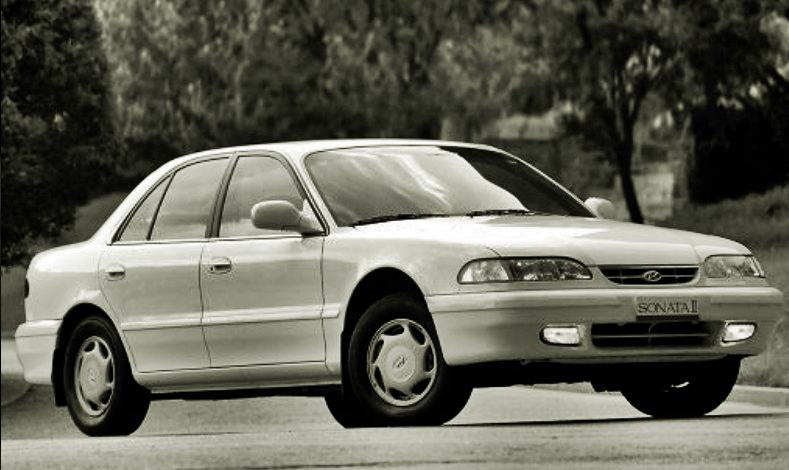
At RM87,214 (without insurance), the Sonata’s price was around the same as an imported 2-litre Japanese sedan of similar specifications. Hyumal initially mentioned plans to assemble the Sonata (at the Tan Chong plant) but these never materialised. Nevertheless, the same team went on to establish the Inokom plant which did begin assembling Hyundai models from 1997. The plant was acquired by Sime Motors in 2004.
![Hyundai Sonata CKD [2003]](https://www.motaauto.com/wp-content/uploads/2025/09/Hyundai-Sonata-CKD-2003.jpg)
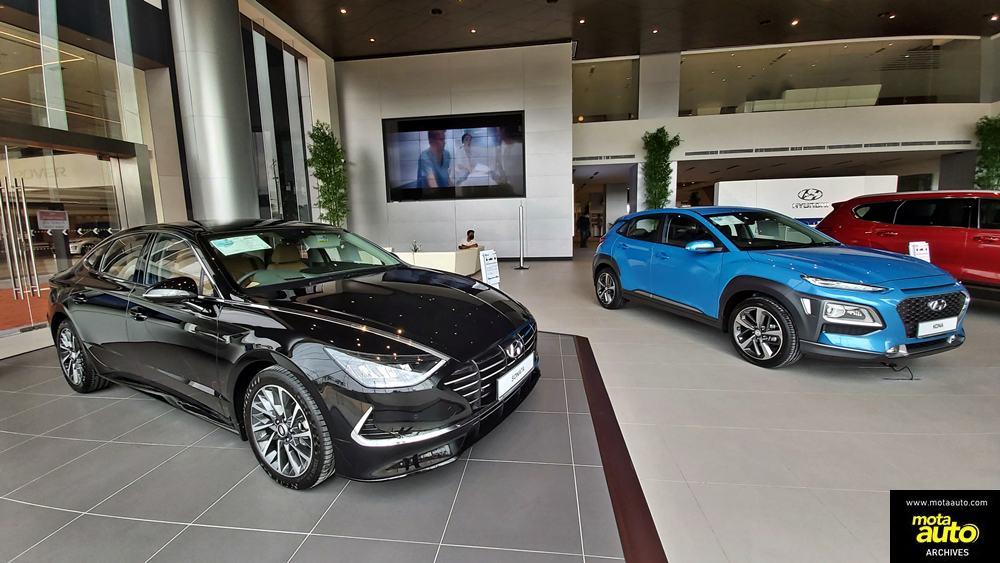
In the current line-up for Malaysia, the Sonata is no longer present as the focus is on SUVs. However, it is still on sale in some markets although its future is uncertain.

